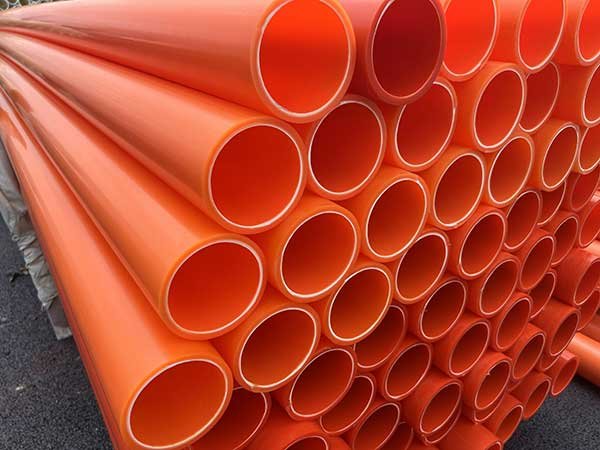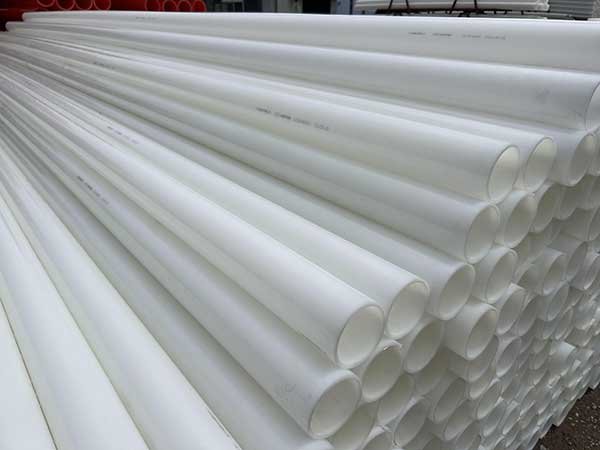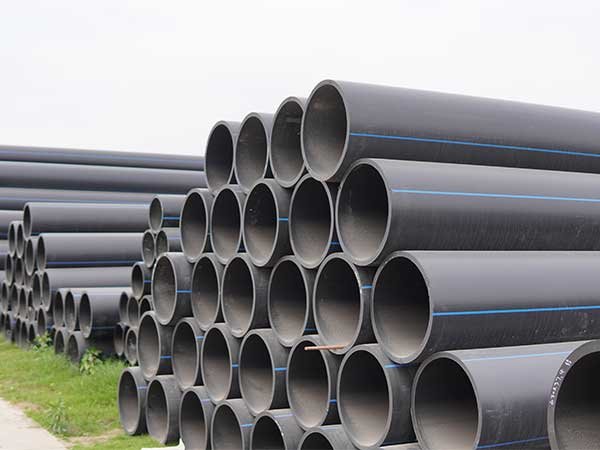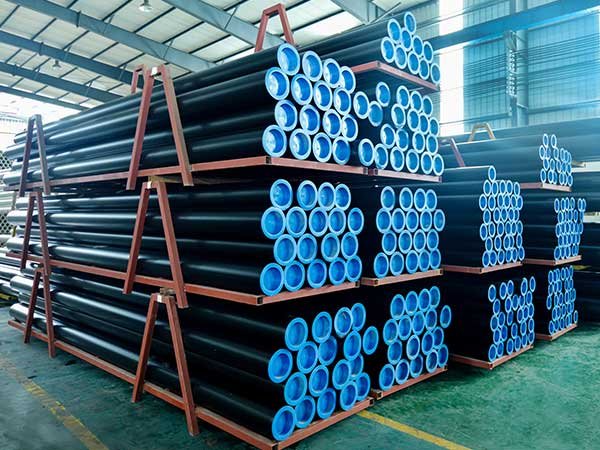Polyethylene Pipe Fittings
Polyethylene PE pipe fittings can resist corrosion from acids, alkalis, salts and most chemical media (especially suitable for chemical pipelines)
Send Your Inquiry Today
Polyethylene Pipe Fittings Manufacturer in China
Polyethylene PE pipe fittings refer to components made of polyethylene (including HDPE/MDPE, etc.) as raw materials, which are used in pipe systems to achieve connection, diversion, diversion, sealing or support functions. Its core value lies in ensuring the structural integrity of the pipe system and the safety of medium transportation.
Polyethylene Pipe Fittings
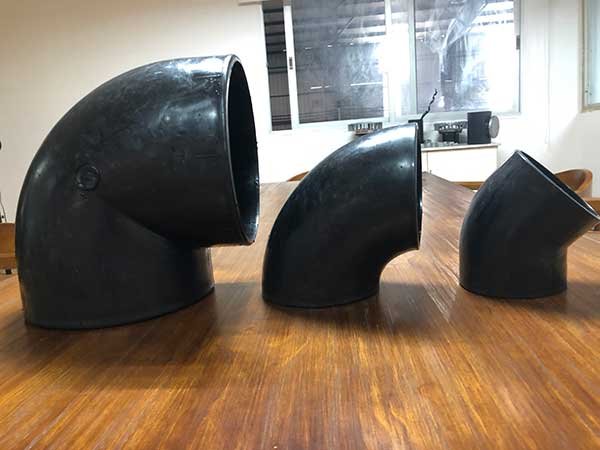
Siphon fittings
Send Your Inquiry Today

Siphon fittings
Send Your Inquiry Today
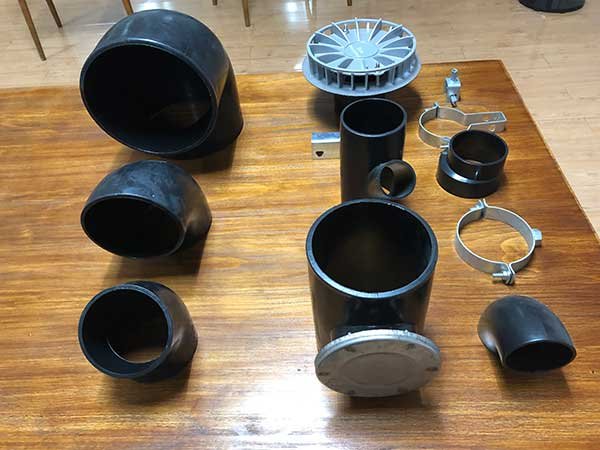
Siphon fittings
Send Your Inquiry Today
Polyethylene Pipe Fittings Information
The connection method of Polyethylene PE pipe fittings needs to be selected according to the pipe material, pipe diameter and usage scenario. Common methods include hot melt connection, electric fusion connection and mechanical connection.

Hot melt connection is suitable for Polyethylene PE pipes and fittings of the same material. The interface is heated to a molten state by a hot melt machine and then quickly connected. After cooling, it forms a whole. During operation, the temperature, pressure and time must be controlled to ensure that the interface is tight;

Electrofusion connection uses the resistance wire in the electric fusion pipe fitting to heat up and fuse the pipe and the fitting. This method is suitable for situations with small pipe diameters or limited construction space. Attention should be paid to the matching of pipe fittings and pipes and the setting of power parameters;

Mechanical connection, such as flange connection, fixes the fittings to the pipe through flanges, bolts and gaskets. It is suitable for the connection of PE pipes and metal pipes or equipment. During installation, the flange surface must be flat and the bolts must be evenly tightened to avoid leakage. Before connection, the interface surface must be cleaned and the fittings must be checked to see if they are intact. After connection, a pressure test should be performed to ensure that the connection is firm and reliable and meets the operating requirements of the pipeline system.
